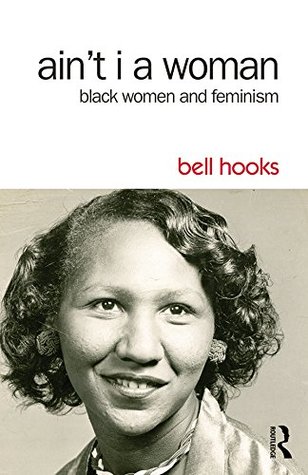More on this book
Community
Kindle Notes & Highlights
June Sochen’s work Herstory, where she discusses white women’s organizations in a chapter titled “The Women’s Movement” but discusses black women’s organizations in a chapter titled “Old Problems: Black Americans,” a
which implies that black women’s organizations emerged as part of the general effort of black people to end racism, not as part of their participation in the women’s movement.
Yet historians who label themselves feminist continually minimize the contribution of black women’s rights advocates by implying that their focus was solely on racial reform measures.
tried to work with white women’s organizations and found that black women could not depend on racist white women to encourage them to fully
woman’s movement is a woman’s movement that is led and directed by women for the good of women and men, for the benefit of all humanity, which is more than any one branch or section of it. We want, we ask the active interest of our men, and, too, we are not drawing the color line; we are women, American women, as intensely interested in all that pertains to us as such as all other American women; we
black women had to launch a campaign to defend their “virtue.”
White women’s organizations could confine their attention to issues such as education, charity, or to the formation of literary societies, while black women were concerned with issues such as poverty, care for the elderly and disabled, or prostitution. Black female clubs and organizations were potentially more feminist and radical in nature than white women’s clubs because of the difference in their circumstance created by racist oppression. White women as a group did not have to launch an attack on
prostitutes by white “pimps.”
they were willing to accept a subordinate role in relationship to black men for the good of the race.


